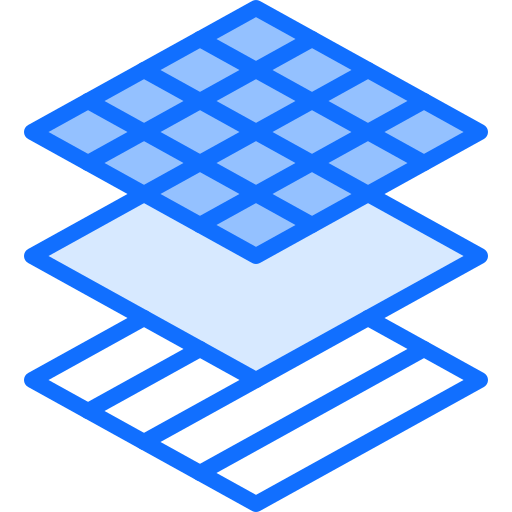The class Hirudinea which involves leeches is thought to have developed from oligochaete stock. 9.
Locomotion of Phylum Annelida:Locomotion in Annelids is carried by 3 agents:rn(a) Locomotor structures,rn(b) Physique musculatures and. rn(c) Hydrostatic skeleton. In distinctive annelidan species, locomotion is not triggered by any particular person locomotory agent, but it is the resultant end result of a coordinated effort of all these a few companies.
Locomotor structures:Most polychaetes go about by the parapodia. By the action of the segmentally arranged parapodia they paddle by means of drinking water.
Through paddling two parapodia of a section often keep on being in an opposite section of movement. Parapodia are hollow segmentally arranged lateral extensions of the entire body, usually divided into dorsal notopodium and ventral neuropodium. Every lobe carries a bundle of bristles strengthened by supporting aciculum. The level of attachment of the parapodia with the system wall acts as a hinge for ahead and backward movement.
The coelomic cavity extends into parapodia and the hydrostatic force is exerted by the coelomic fluid. Two sets of indirect muscle tissue, originating from the midventral line of the overall body wall are hooked up to the parapodia dorsally and ventrally. In addition to these muscles, there are intrinsic protractor and retractor muscles that are responsible for protrusion and https://www.reddit.com/r/PaperHub/comments/x9r6o1/paper_help/ withdrawal of bristles and the supporting acicula. The parapodia become variously modified in unique polychaetes (Fig.
Just how do you prepare a description essay?
The modifications are correlated with distinct features. They are well-developed and modified into creeping and swimming varieties. In these sorts the parapodia are limited on some anterior-most segments as head crown and are improperly developed or absent in the relaxation of the overall body segments.
In sand or mud burrowers and tube-dwellers the parapodia are improperly formulated or absent especially individuals of the posterior element of the overall body. In oligochaetes locomotion is brought about by the setae which are implanted directly in the entire body muscle mass and are generally oriented in the central area of the human body segments.
The setae are of different styles (Fig. They could possibly be very long or small, straight or curved, basic or forked pectinate or plumose variety. In normal, the for a longer time plumose or forked setae are the characteristic attributes of the aquatic swimming species. In burrowing species, the setae are limited, straight, easy and blunt. The setae are embedded in and are produced from setal sac. The extension and withdrawal of the setae all through motion are triggered by a pair of setal muscle tissue and the connected round muscle tissues. The parapodia and setae are absent in Hirudinea.
Anchorage on the substratum during locomotion is triggered by two suckers, one is situated at the anterior (Anterior sucker) close and the other is located at the posterior end (Posterior sucker) of the system. The suckers are shaped by the fusion of a number of body segments and they play their role alternately as adhesive organs. Adhesion with the substratum for the duration of locomotion is feasible for the existence of specialised epidermal sucker glands situated in masses in the anterior and posterior suckers.
